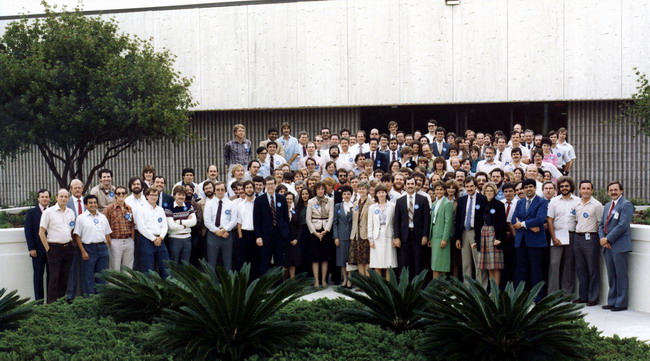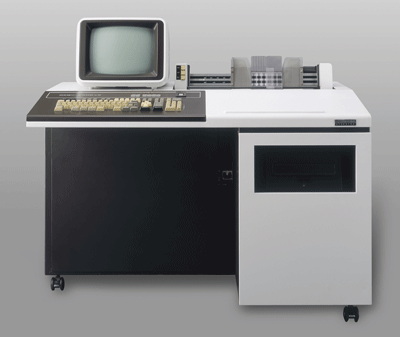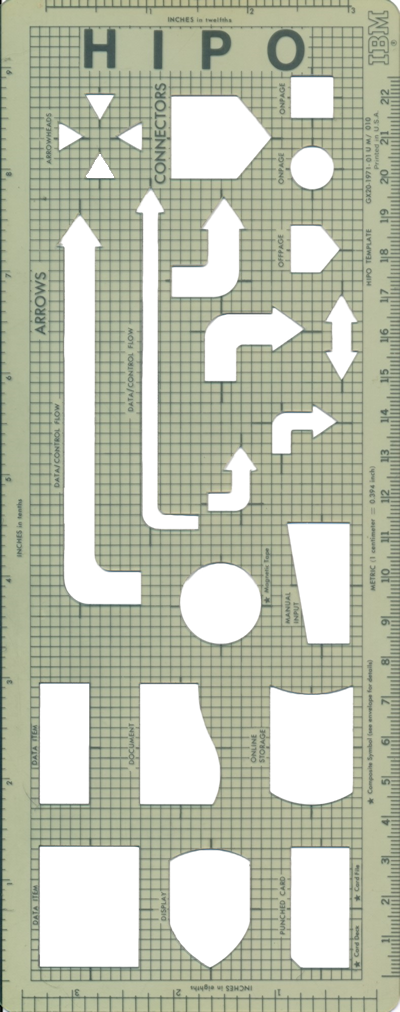

1980
New Job

Employees of Harris Word Processing Division
 Toshiba
Word Processing System
Toshiba
Word Processing System
In the summer of 1980 Harris formed a new “Word Processing” division with the objective to develop a new word processing system which was the hottest thing in the business world. Word processing systems for office environments had been out for a couple of years and were fast spreading throughout businesses, much like the Xerox copy machines did a few years earlier. These new word processing systems were dedicated systems, designed for business using proprietary hardware and software. Many looked like a specialized computer terminals while others were the size of a desk. [photos wang, Toshiba] I remember my mother talking about the new Toshiba word processing system they got for the Physics Department at the university where she worked. She talked about how much better it was to create documents and letters for the professors in the department, although she still preferred her typewriter for filling out forms.
Harris saw word processing to be an offshoot of their newspaper typesetting division so many of the engineering staff from their Composition Division got transferred to the new Word Processing Division. This included my buddies, Craig, Paul, Eric. As a contractor working through Elias’s company, I did not at first go to the new division, but Harris really wanted me to be part of the software architect team that was to design the new system. The problem was they would only allow me to be on the architect team if I was an employee, not as a contractor. I talked it over with Elias and he was good about it, seeing it would be good for my career to be on the architect team, so I accepted the Harris offer and became and employee.
To accommodate the new division, a brand-new building was built next to the existing Composition Division building, being brand new it used the latest open office design with cubicles. The first time I walked into the building I was amazed at the maze of cubicles. I sometimes still have dreams of wondering through a maze of cubicles to find mine. The building was a square the size of a football field. In the center of the building was a smaller square that had a couple of conference rooms and several conventional enclosed offices for the managers. Surrounding the center square on all four sides were cubicles that had five foot high walls and I was assigned to one.
The architect team that I joined of consisted of six guys, each responsible for a different area of the system design, memory management, window management, access management, edit management, and so on. My part was the edit, paganization and formatting part of the system which formatted the text of a document as it was being typed into the system, deciding when words would fit on a line and on a page then formatting the text in real time for the display. This was something new in the industry which the term WYSIWYG (pronounced wiz-ee-wig) “What You See Is What You Get” was created.
 My
HIPO Diagraming Template
My
HIPO Diagraming Template
The team was to use the latest design methodology created by IBM called Hierarchical Input and Output Processing or just HIPO for short. Harris had a professional come in and teach a weeklong training course on the method. And that professional, of all people, was Dr. George Haynam, the ex-chair of the Computer Science Department at the University of Florida who I had taken classes with. Dr. Haynam left the University a few months before I left Gainesville back in 1976, taking with him a couple of the other professors, to form a company, and leaving the Computer Science Department in shambles which was one of the reasons I left, leaving my degree unfinished.
Hayman not only taught the HIPO training course, but his company was hired by Harris to create a new programming language to use in for the software for their word processing system. The new language was called “HPL” for, of course, Harris Programming Language. I say “new” programming language, but it was basically the Pascal programming language with enhancements and modifications. I had programmed in Pascal back at the University, so HPL was familiar to me.
After completing the HIPO training course, Harris decided the team should have a single focus and no interrupts, so they got a conference room in a nearby hotel for a month for us to use. It was not a large conference room, there were six desks positioned around the perimeter all facing inwards, and then a couple of back-to-back tables in the center. For two months we worked eight to five in that windowless room on the design.
Each of the “management” modules had an interface, or “access” so we had acronyms for each like, Windows Access Manager (WAM), Memory Access Manager (MAM) and so on. We worked really hard to come up with acronyms for the system that would complete the phrase, “WAM, BAM, THANK YOU, MAM”. A bunch of guys locked up in a room for a couple of months need something to keep us sane. We all got along and worked well together, something that was necessary for the modules each of us were working on had to work together as a whole. In the first week of being in the room together the subject of music came up and we all had different taste in music but agreed that we all listed to classical music so most of the time Bach, Beethoven, Handel, and other classical music was playing. Sometimes we would have a contest, someone would put some classical music piece on an we would see who could identify the composer and piece the first. I most always could recognize music by Bach, but about the only Bach piece I could identify by name was Toccata and Fugue in D Minor. The other piece I could easily identify was Beethoven’s 5th Piano Concerto thanks to the scratched record incident with Elizabeth.
Updated: 05-10-2023